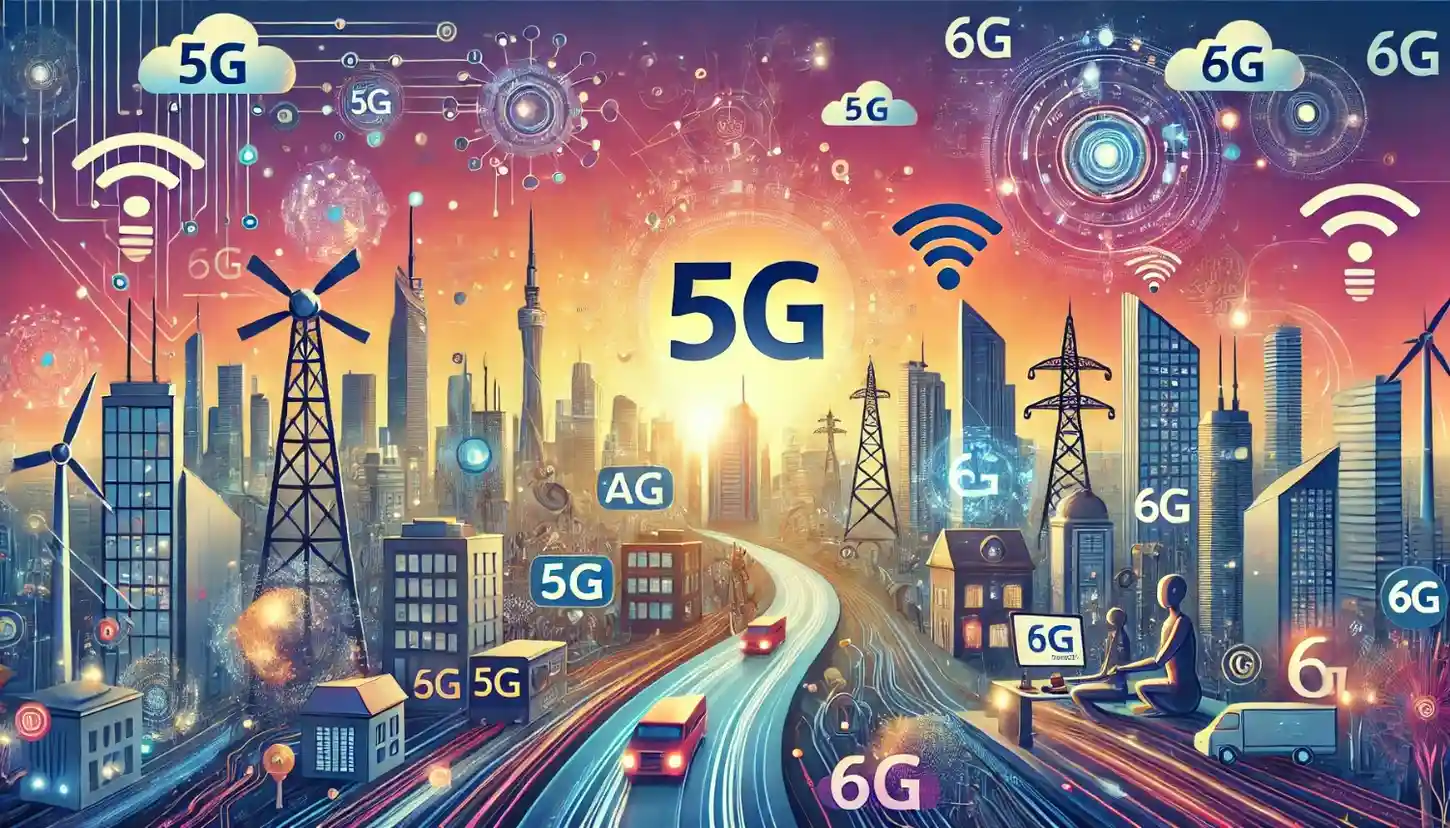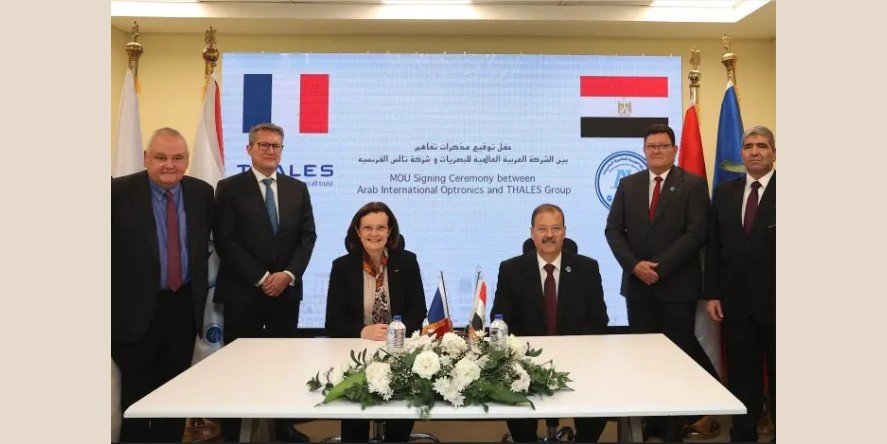India’s telecom sector, with a subscriber base of 1.2 billion, is rapidly embracing Artificial Intelligence (AI) and driving advancements in 6G technology. The industry has witnessed significant growth, with average monthly wireless data usage reaching 21.30 GB per user by October 2024. According to the Cellular Operators Association of India (COAI), over 460,000 5G BTS sites have helped 5G user numbers surpass 125 million, with projections estimating this figure will rise to 350 million by 2026.
The deployment of Fixed Wireless Access (FWA), a key 5G use case, has seen rapid adoption, reaching nearly 3 million connections within a year. The telecom sector plays a vital role in India’s economy, contributing significantly to GDP and providing employment to over 4 million people. The industry is now making strides into AI, with more than 55% of Technology, Media, and Telecommunications (TMT) companies in India fully integrating AI into their operations, and another 37% scaling its use, according to KPMG India.
Through the Bharat 6G Vision initiative, the Indian government aims to secure 10% of global 6G patents and is fostering research through funding advanced testbeds and ecosystem development efforts. However, the industry faces several challenges. Large Traffic Generators (LTGs) burden networks, leading Telecom Service Providers (TSPs) to invest Rs 10,000 crore in 2023, while LTG contributions are missing, costing the Indian government Rs 800 crore in AGR dues and taxes.
Additionally, COAI has raised concerns about the unregulated OTT communication platforms, which create disparities as TSPs adhere to strict security norms. It is crucial to enforce traceability and privacy rules for OTT services to ensure fairness. The allocation of the 6 GHz spectrum band, crucial for 5G, is another pressing issue, along with concerns over unauthorized Wi-Fi 6E routers sold online.
Infrastructure constraints, right-of-way (RoW) challenges, and spectrum interference are hindering network rollouts, and the newly proposed Quality of Service (QoS) norms are seen as impractical by TSPs. COAI has also called for extending Unsolicited Commercial Communication (UCC) regulations to OTT services to address the root cause of pesky calls and messages.
While government initiatives like the abolition of the Wireless Operating License (WOL) and waiving bank guarantee requirements for deferred spectrum payments since 2012 have alleviated some financial burdens, the Supreme Court’s ruling on tax credits for telecom tower components has provided additional relief. However, COAI emphasizes the need for transparent spectrum auctions and the integration of Digital to Mobile (D2M) with telecom networks, opposing standalone broadcasting networks.















